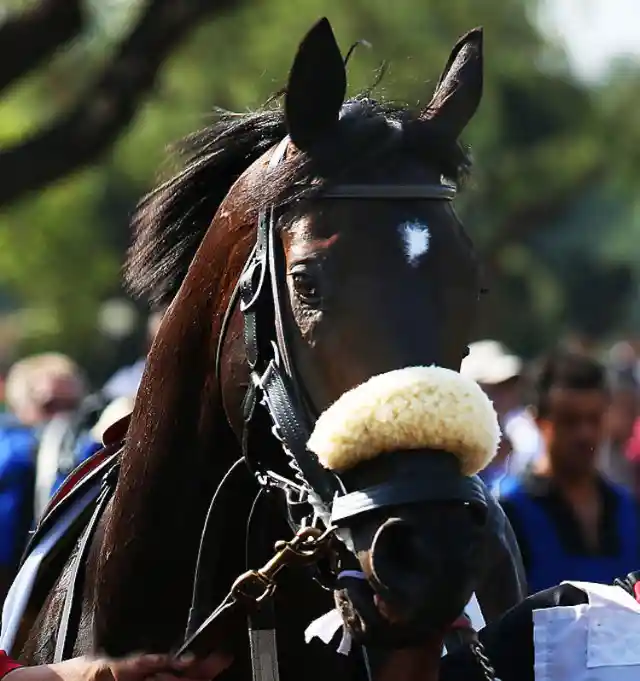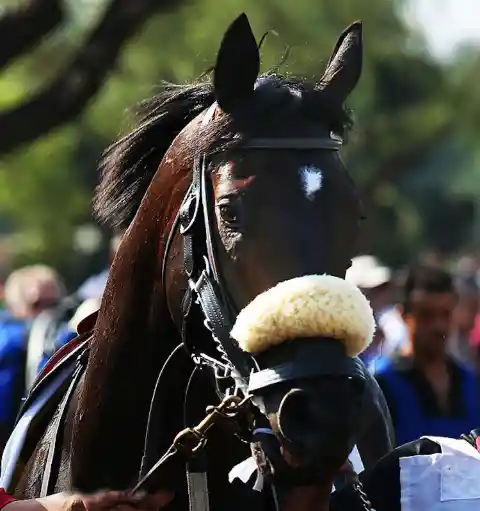The Start
It was a horse tale like no other: There was a time when horse racing garnered more attention than the NBA – maybe even the NFL. And when it came time to see Secretariat at Belmont Park near New York City, the crowd swelled to more than 100,000 people.


Without a doubt, Secretariat had racing in his blood. Descended from a long line of equine speedsters, Secretariat could claim a father, Bold Ruler, that was the 1957 Preakness winner, and a mother, Somethingroyal, that hailed from horses specifically bred for stamina.
At just two years old, Secretariat had already grown to more than 16 hands; at two years old, his size reached that of a three-year-old horse. Despite his notable growth, many handlers didn’t believe he had a particularly bright future. But Secretariat’s owner, Penny Chenery, held a decidedly different point of view and believed the horse was a good racing prospect. After he came in fourth during his first race, it appeared that the nay-saying handlers might be right; however, they were ultimately proven wrong as that race marked the only time in Secretariat’s racing career when he finished off the podium.
And They’re Off
Just eleven days after his first race, Secretariat won a six-furlong race in Saratoga, which catapulted his career into the highest levels of the sport. In 1972, he would win 7 of 9 races, leading him to one of horse racing’s main events: the Kentucky Derby.
At the Derby, he easily blew away the field, breaking from the back of the pack to set a record time of 1:59 and 2/3 seconds. Secretariat became the first horse to finish the 1 1/4 mile race in under two minutes; the record remains unbroken.
A mere two weeks after the Derby, Secretariat won the Preakness at Baltimore’s Pimlico Race Course. But a time-keeping controversy would follow after the race was completed, enveloping Secretariat in questions and disputes. An “electric eye” called the Visumatic clocked the horse’s time at 1:55, which was not a record-breaking feat. However, multiple hand timers recorded Secretariat coming in at 1:53 2/5. The story quickly become national news, and after Secretariat won the final leg in the Triple Crown at the Belmont Stakes, questions arose as to whether the Preakness adjusted their recorded time in order to give one of the most celebrated racing horses ever yet another record.


In The Winner’s Circle
At Belmont Park, Secretariat rose to the occasion and delivered what would come to be regarded as the most impressive performance of his career. The results were nothing short of amazing: He shattered the existing record by nearly three seconds and won by an unbelievable 31 lengths. At the conclusion of the race, Secretariat’s jockey, Ron Turcotte, admitted to losing control of the horse during the race, but the thoroughbred horse took no notice and sprinted into the history books.
Over his career, Secretariat set more records than races lost, while at the same time earning a staggering $1.3 million ($7.7 million when adjusted for inflation) over 21 starts. Over 200 U.S streets were named in his honor, and in 1999 ESPN ranked him 35th in their list of the 100 greatest North American athletes of the 20th century.
At The Finish Line
Horse racing, for those that lose as well as those that win, can be a brutal business that imposes strict regimens, wear and tear, and harmful neglect on the horses that help to line the pockets of breeders and owners. After contracting a severe hoof disease, Secretariat was euthanized in 1989. His autopsy revealed a heart more than twice the size of that found in an average horse. Dr. Thomas Swerczek, the performing surgeon, remarked, “We just stood there in stunned silence. We couldn’t believe it. The heart was perfect. There were no problems with it. It was just this huge engine.”
Traditionally, breeders only bury the head, heart, and hooves of their horses. Secretariat was given the honor of being buried in full.